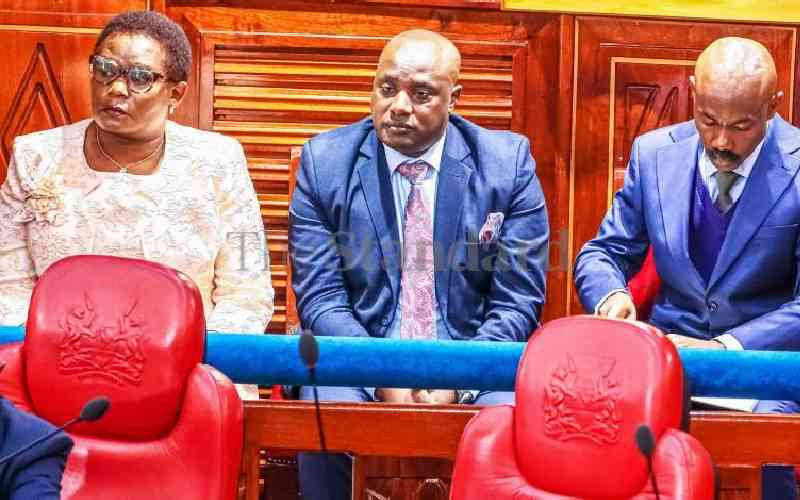
The ugly events that have been playing out at the County Government of Meru highlight a serious flaw in the constitutional design of our devolved system. Within bounds of basic decency, it is unacceptable for a County Assembly (CA) to impeach an elected governor three times within 24 months. The whole charade boils down to adults behaving badly in public.
Meru is now the third county to experience a complete breakdown of governance under the Constitution. First it was Makueni in the early years of devolution, narrowly avoiding dissolution thanks to former President Uhuru Kenyatta. Embu followed, losing almost an entire electoral term to disputes between former Governor Martin Wambora and the CA, with the courts ultimately resolving the matter for the benefit of Embu's residents.